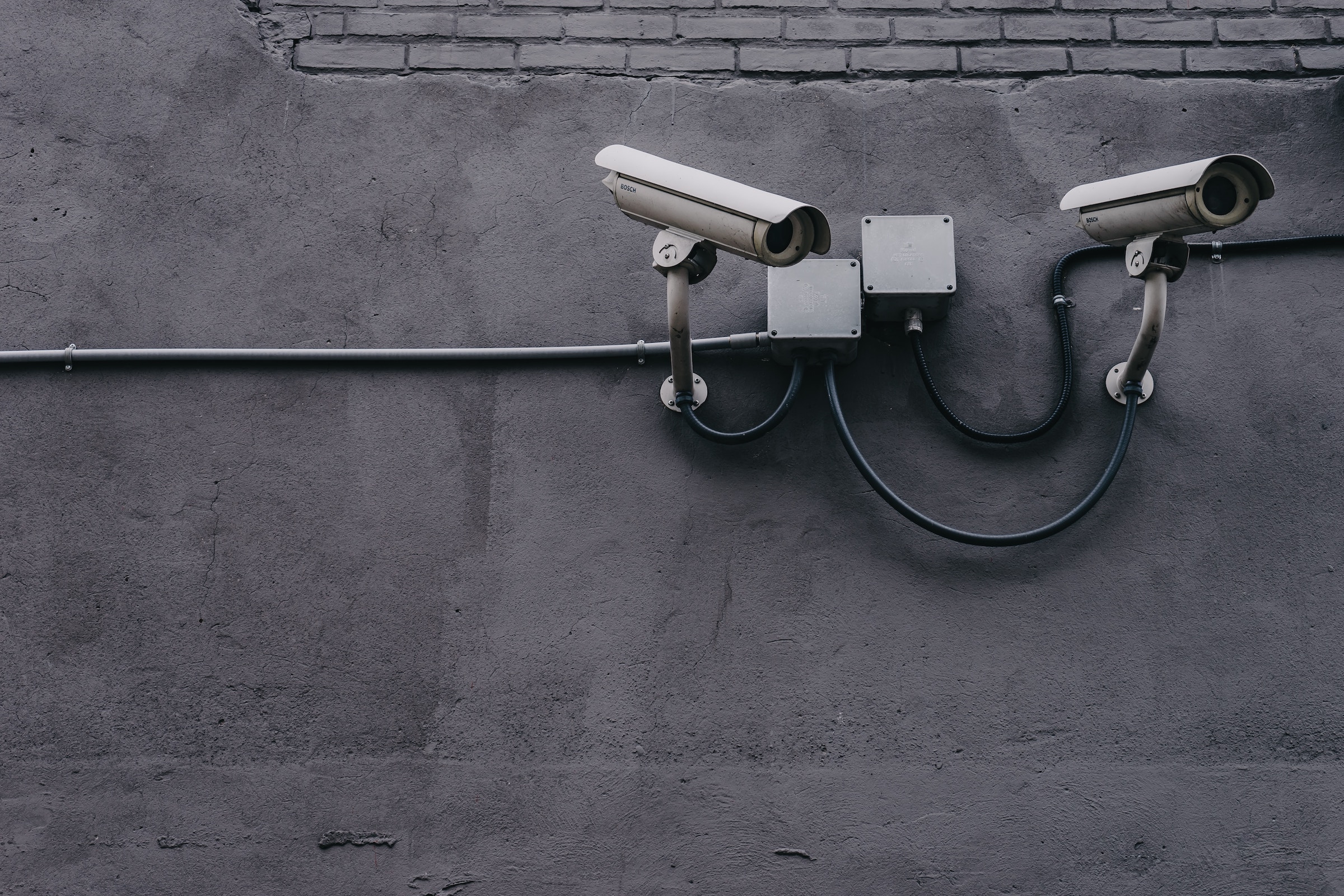
Southland’s Hedgehope Golf Club has been targeted again by thieves, the fourth time this year.
While the club said the vandals didn’t get away with much and the cost of damage caused was more than what they stole, is there more golf clubs can be doing to beef up security?
Here’s ten ways you can improve security around your golf club and put up some roadblocks in front of would-be thieves:
- Access Control:
- Install access control systems to limit entry to authorized personnel and members. Use key cards, PIN codes, or biometric access systems for entry gates and clubhouse doors.
- Implement a visitor check-in process to monitor non-members and guests’ access to the premises.
- Surveillance Cameras:
- Install security cameras throughout the property, including the clubhouse, parking lots, and critical areas like the pro shop and equipment storage.
- Ensure the cameras are high-quality, cover blind spots, and record footage that can be accessed and reviewed when needed.
- Lighting:
- Adequate lighting in parking areas, pathways, and around the clubhouse can deter intruders and help improve safety.
- Security Personnel:
- Hire trained security personnel or off-duty police officers to patrol the golf course and clubhouse, especially during peak hours or events.
- Ensure they have proper communication equipment to coordinate with each other and report incidents.
- Member Identification:
- Issue identification cards to members and staff for easy recognition and access control.
- Educate members and staff on the importance of promptly reporting lost or stolen cards.
- Alarm Systems:
- Install intrusion alarm systems that notify security personnel or local authorities in case of a breach.
- Include smoke and fire alarms for fire safety.
- Secure Equipment and Carts:
- Implement measures to secure golf carts and equipment. Install locks or tracking devices on carts to prevent theft.
- Store valuable equipment securely when not in use.
- Training and Awareness:
- Train staff to recognise and respond to security threats, including suspicious behavior, theft, and emergency situations.
- Conduct regular drills and training exercises to ensure staff and members know what to do in case of an emergency.
- Background Checks:
- Conduct background checks on staff, especially those with access to sensitive areas or financial transactions.
- Emergency Response Plan:
- Develop and regularly update an emergency response plan, which includes procedures for handling incidents, medical emergencies, and evacuation.
- Ensure that all staff members are familiar with the plan and can respond appropriately.







